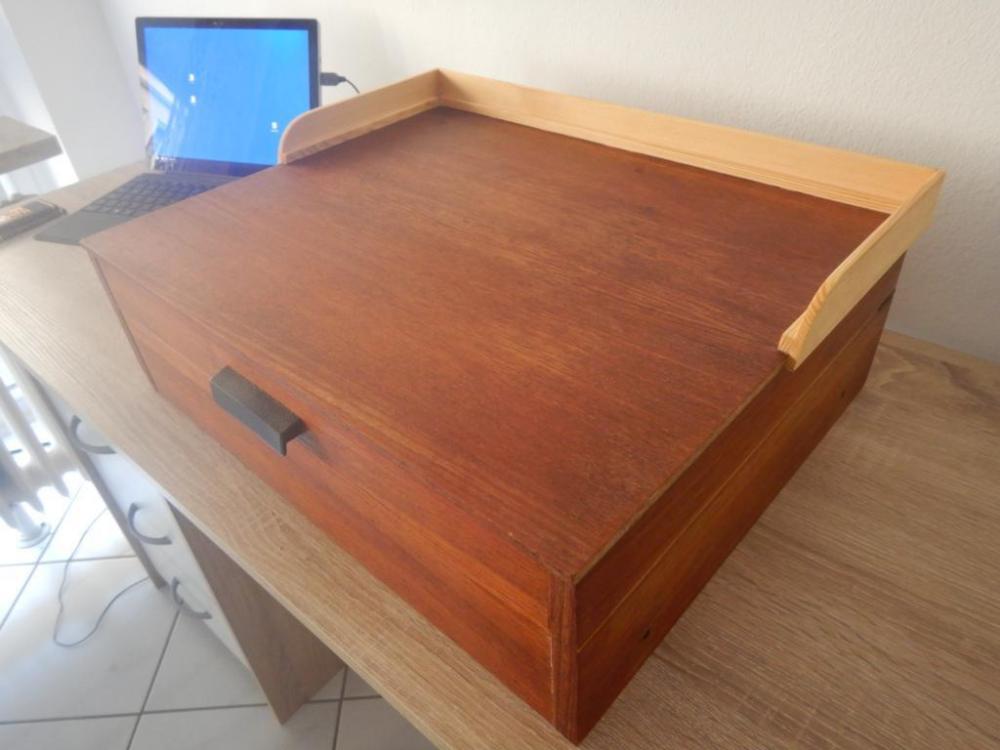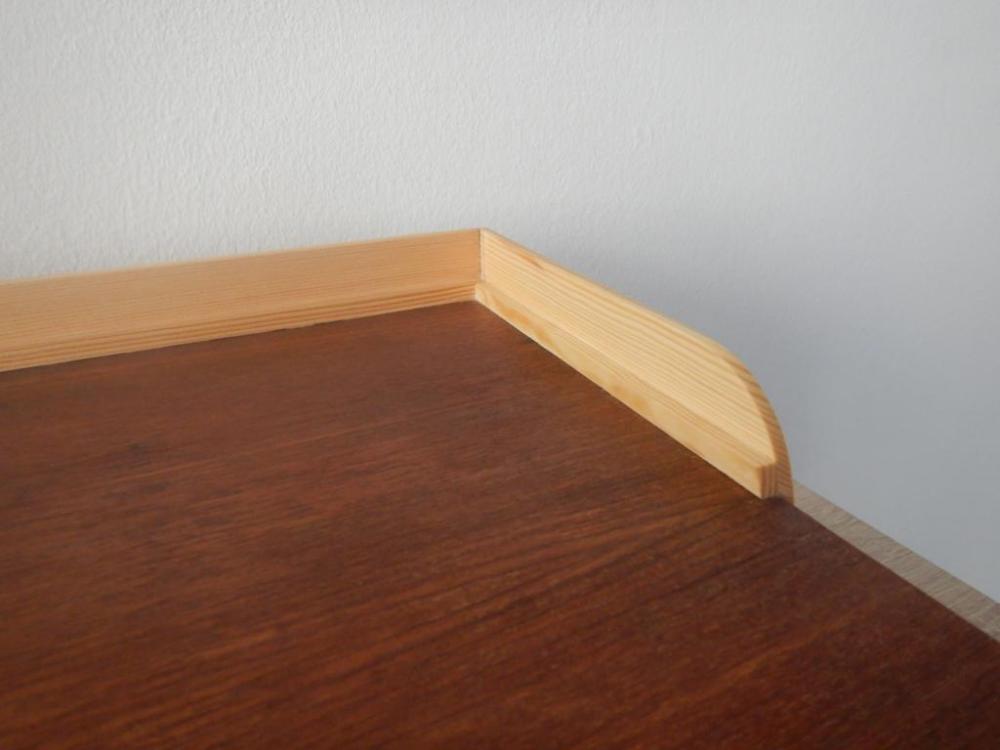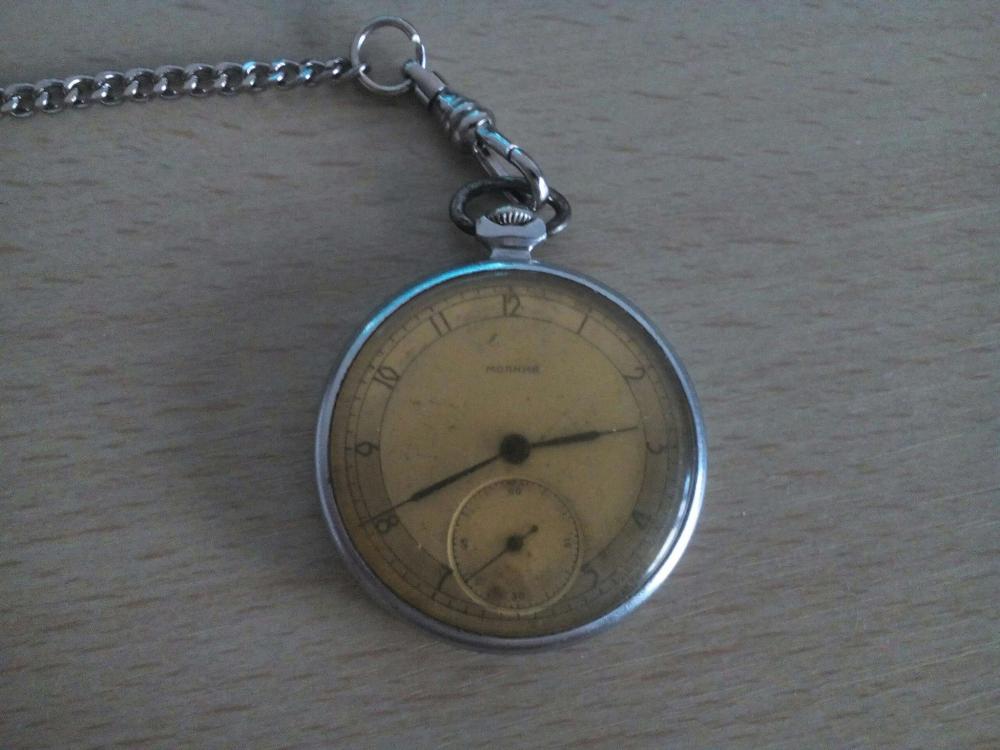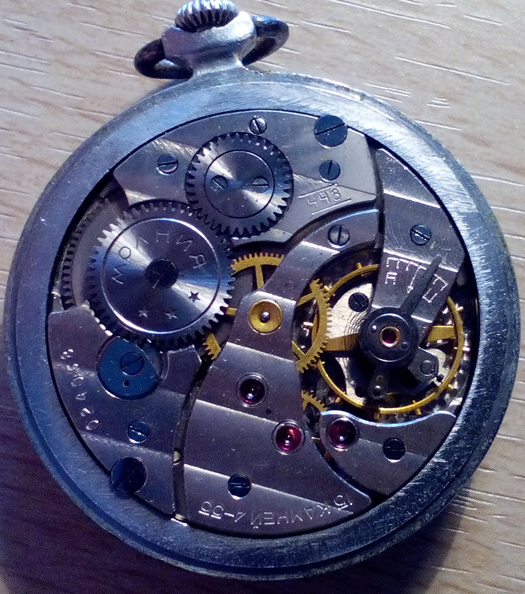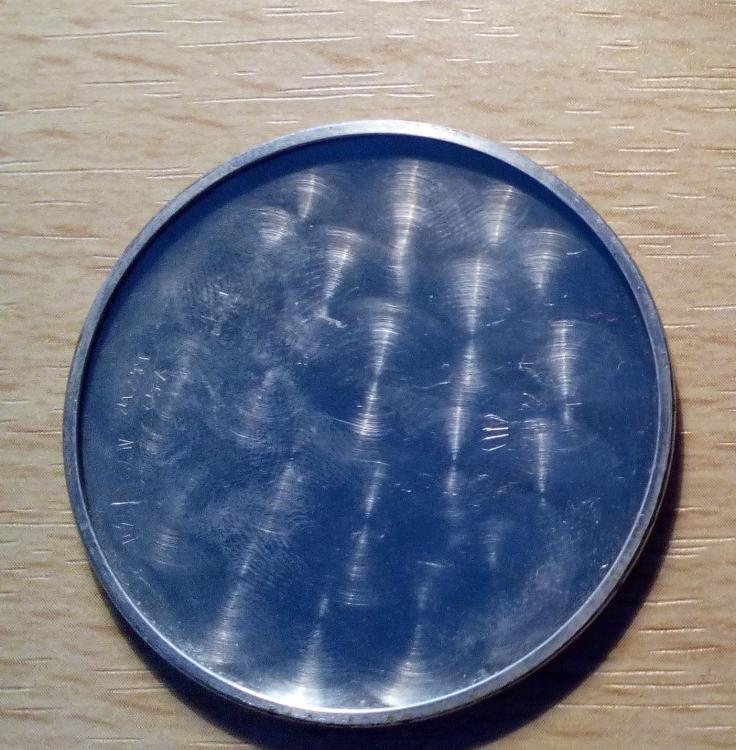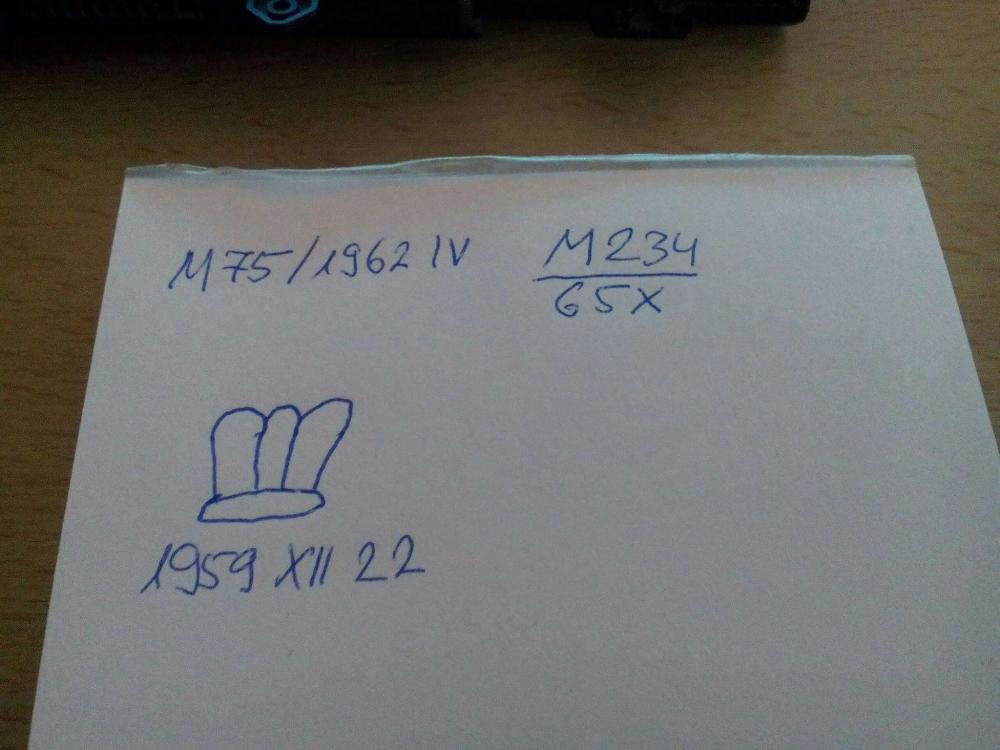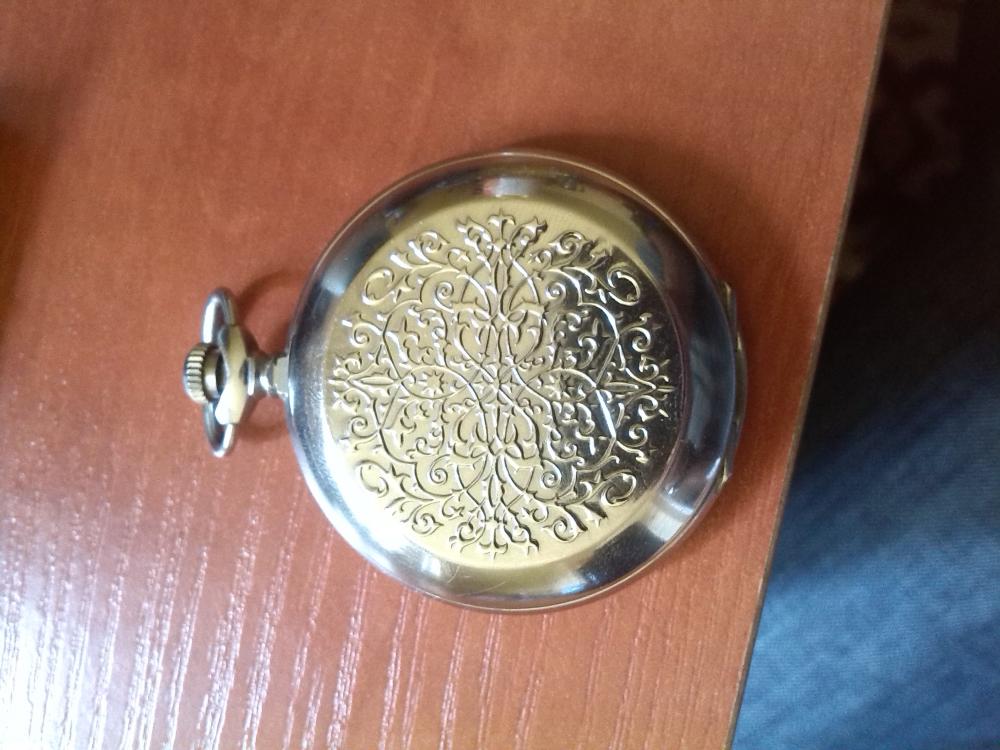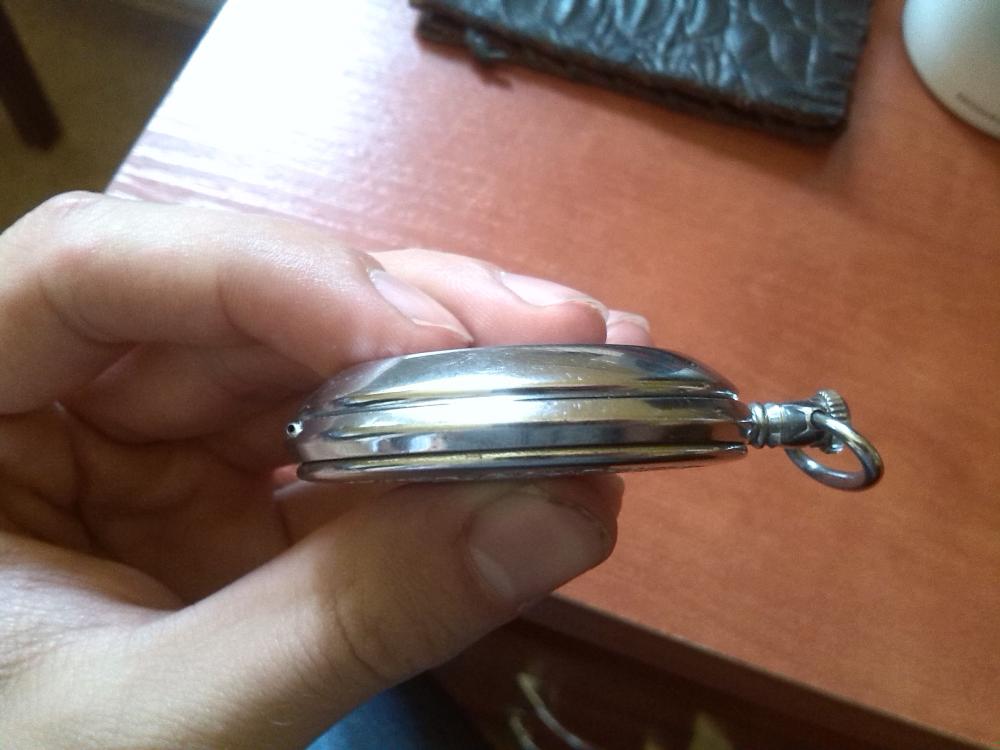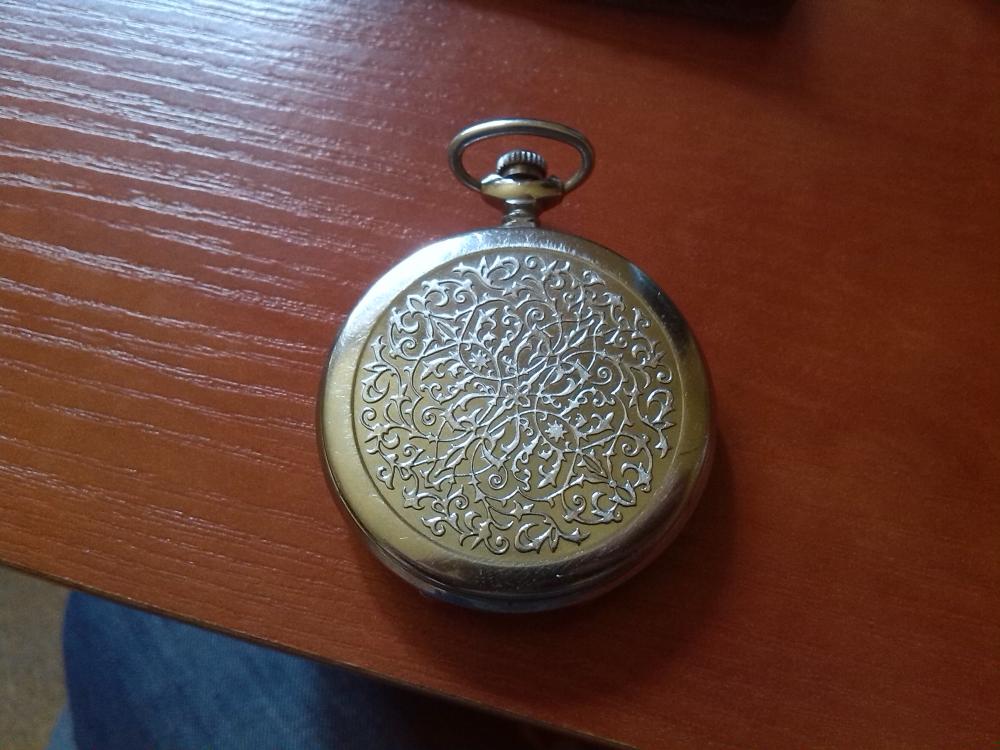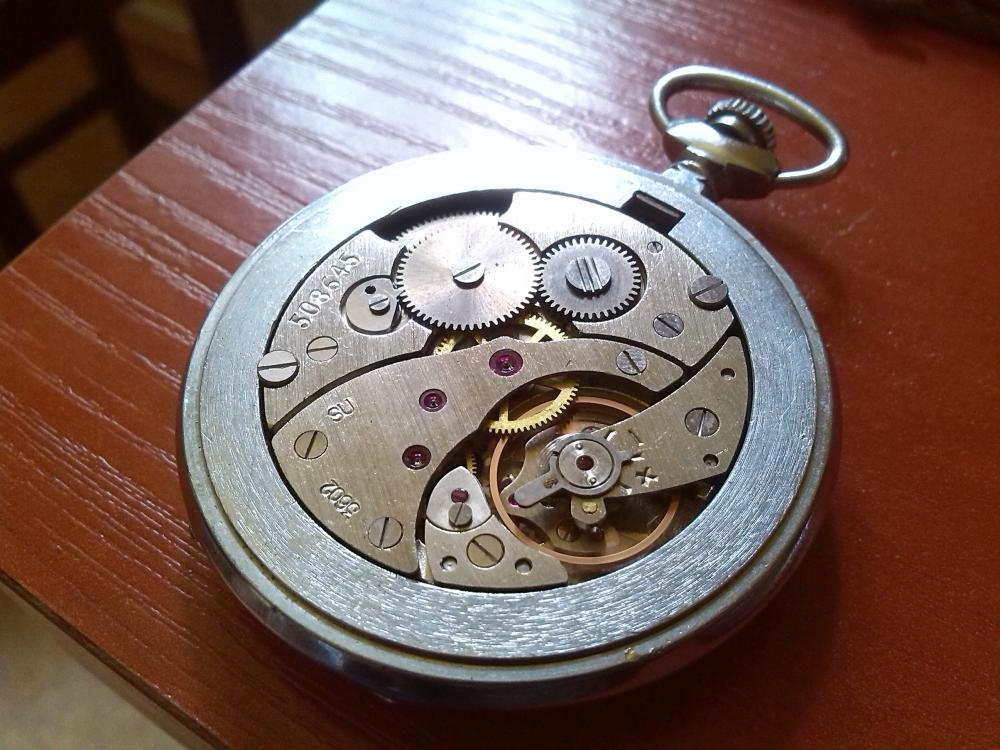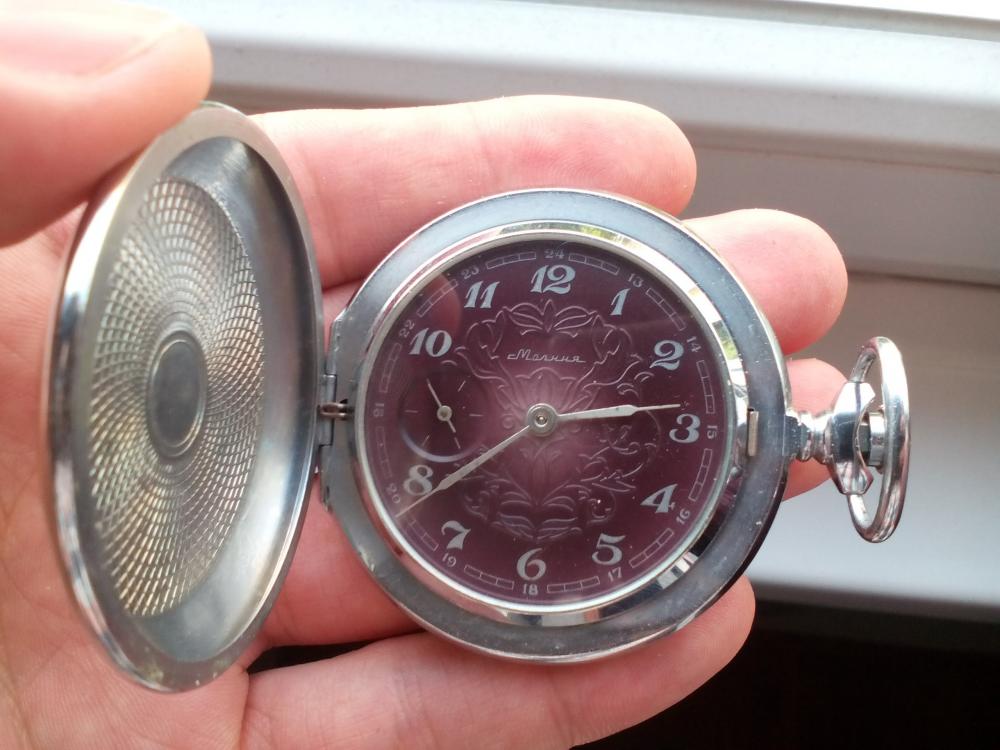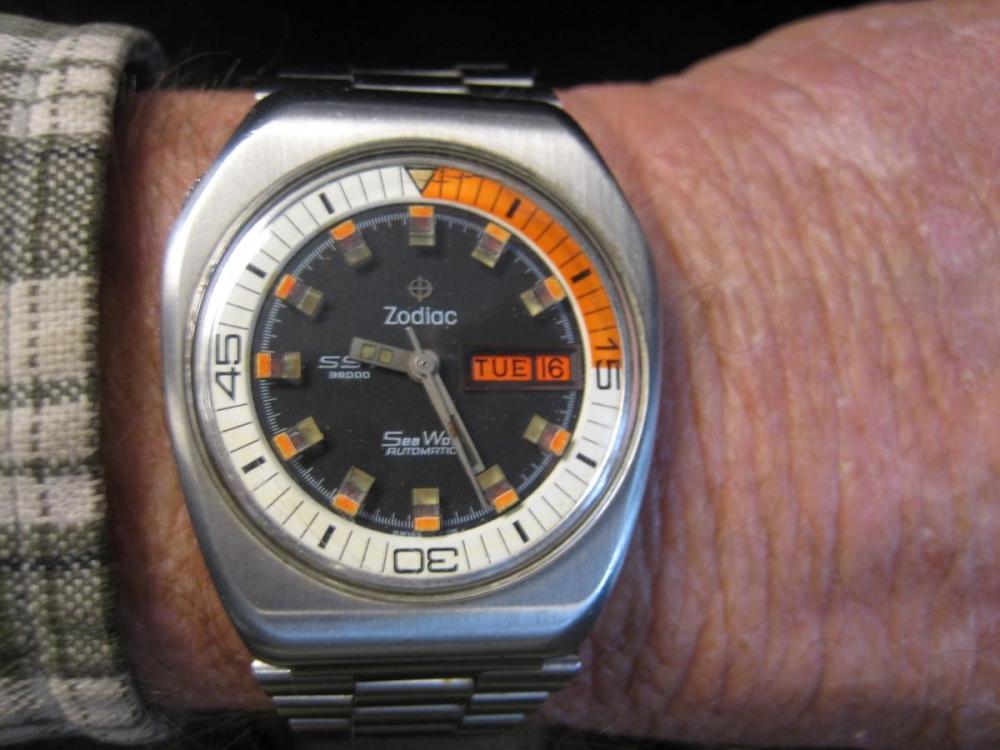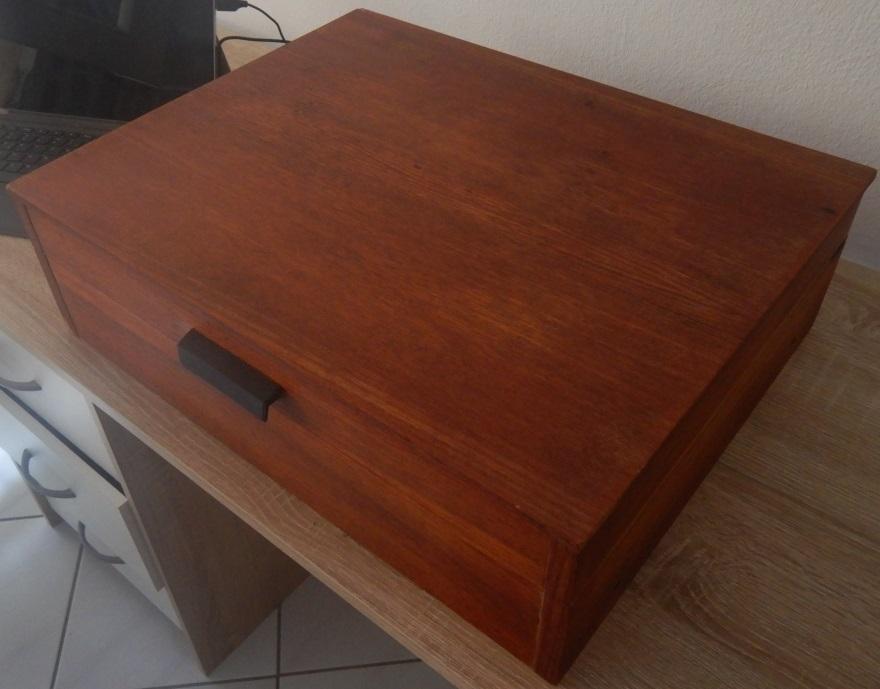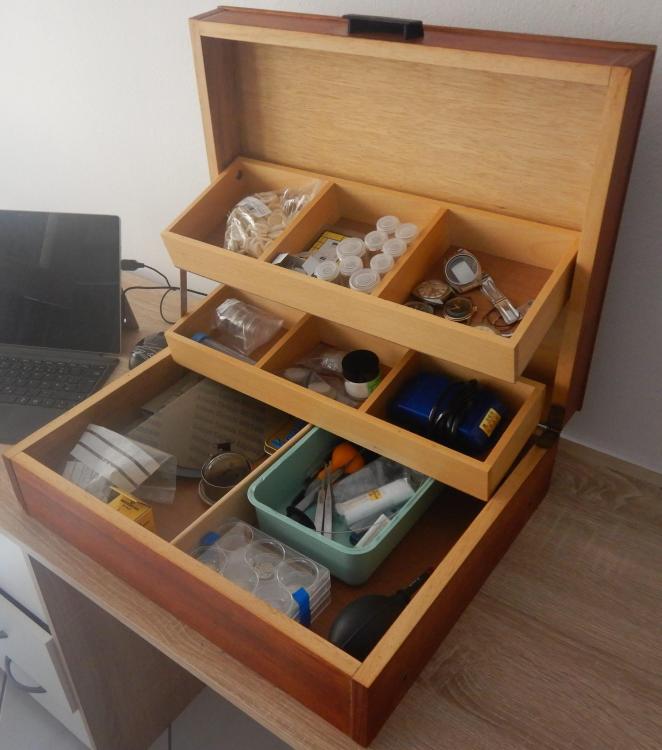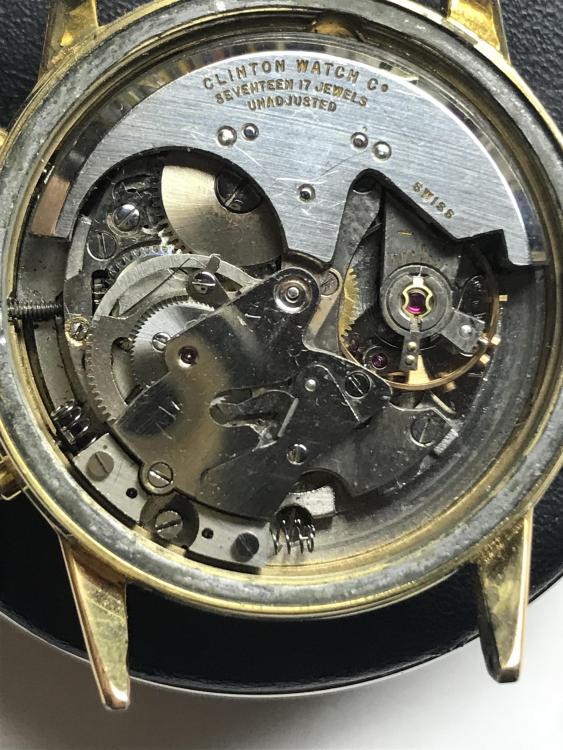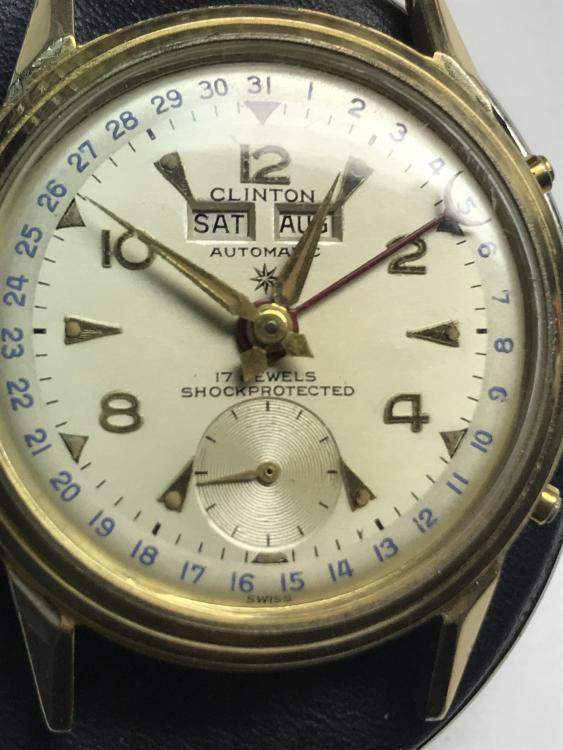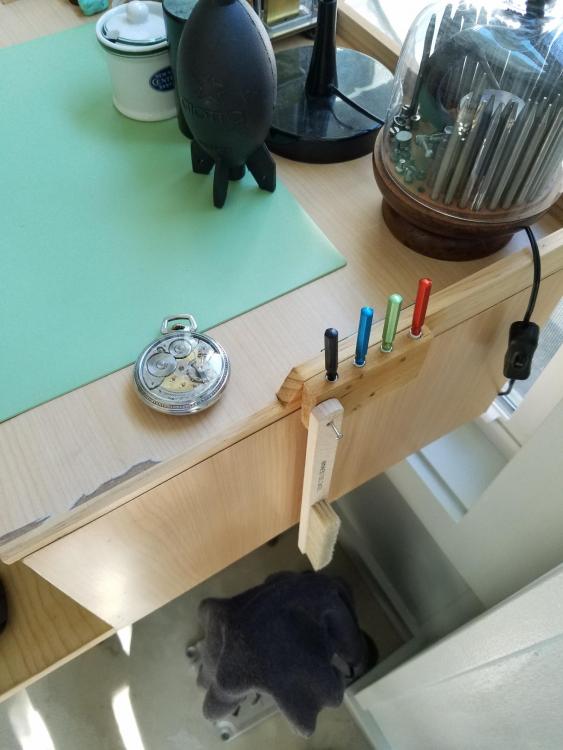Leaderboard
Popular Content
Showing content with the highest reputation on 08/10/18 in all areas
-
2 points
-
besides the definition of pocket watch can you give us a little more details? Depending upon when the pocket watches made or if it's really low-quality poising really isn't an issue. then if it's an American pocket watch with a bimetallic balance wheel you need to true the balance wheel before poising. It's amazing how much screwed up timekeeping can occur when the arms have been squeezed. Then when you put the roller table back on did you put it in the same position it was found? often times people don't mark where the roller table was and then they wonder why they're having a problem with poise. Then you made the reference to the balance screws being in different positions? did you do anything about that because if the screws are out that screws up the poise. Except you have to be careful you could have mean time screws there supposed to be out although occasionally people don't know what they are and they screw them in nice and tight quite irritating when they do that.2 points
-
Hy all, I have 2 molnija pocket watches, the older one is a 15 jewel 443, the newer one is maybe a 17-18 jewel and 3602. The 443 is from Cseljabinszk. Prod date maybe 1950-1960, at the back cower are 2 scratches, you can see at the photo, but I draw them to see better. The newer is maybe prod at 1970-1985. Both are working well, but I haven't got the information from the last cleaning, how much were they used... etc. I want to find the origin of my watches and the exact properties. Can anyone help me in this topic? Power reserve Number of jewels Accuracy Production time Reliability Recommended cleaning, if I will use it every day Thank you in advance for your help (Sorry for my bad english, it’s not my mother language.)1 point
-
1 point
-
Hello, I recently bought one old sewing box with an idea to make alternative watchmaker's bench which would not take up too much space and which could be mounted on standard desk, so it can be put away when needed. It can be opened from above only, which is a disadvantage, but I always keep all my repair tools in one bigger blue box and take it out during the work anyway (right lower corner), so no need to open and close the box very often. The height of the box is around 5,9 inches (15 cm). My desk has height of around 30,3 inches (77 cm). The height for the work is then around 36 inches (92 cm). According to the commercial products like this here http://www.ofrei.com/page241.html the height of this mini-bench should be around 10 inches (25 cm). Not sure how to raise the bench properly (putting books under it?) and I do not know on which height I should properly work? Another thing is some kind of rail around the box, which could prevent parts from falling down and around the box. Any idea how to make such a thing?1 point
-
Danny We have all been there, know one who isn't highly experienced in watch repair could ever do what you attempted. I believe you have a few choices on where to go from here. 1. Take it to a shop & have your heirloom fixed & serviced. 2. You could put that watch safely away , until you learn how to repair watches. Which you can do right here! You can purchase a basic watch movement & take Marks great course. That's if your really interested in fixing watches , if not go to step 1, there will be setbacks at first (which we all have had) after that the rewards start coming, like how you feel when a watch that was written off as dead scrap comes back to life. I still get that every time. We will be here for back up and encouragement all the way through. we will even tell you the our stories of what not to do. Good luck TimFitz1 point
-
Montilier Watch Co. SA registered as a trademark June 1887 the following site is useful for tracing such trademarks http://www.mikrolisk.de/show.php1 point
-
1 point
-
It does not need to be poised accurately to keep good timing in a single position which never moves (think of a platform escapement clock). The purpose of poising is to finely adjust the rate in different positions to keep the timing as consistent as possible. Have a look here, as it should answer all of your questions: http://adjustingvintagewatches.com/dynamic-poising-1-3-basic-tasks/1 point
-
I keep twenty NOS malnija 18 jewels in my colletion in unopened boxes, to the embarressment of all brand new watch didnt run at full wind fresh out of factory box , same story with second watch and so on, I cleaned and oiled the fork and balance pivots and got them runing. I also got some used ones 15 and 18 jewels runing as good as a watch. I would say service and generous lubrication seems to have a major impact for runing. For parts check with watch org uk.and onces you are put in contact with the parts owner ask for substatial discoung.1 point
-
Doesn't it need to be more or less poised so that it can keep up "normal" time ? Correct. If it is un-balanced the timing will be off the scale.1 point
-
1 point
-
My first tip would be, it’s a pocket watch, so positional error is less of a problem than with wristwatches. I’d put it on the timing machine first if it were me, and see if it needs adjusting at all.1 point

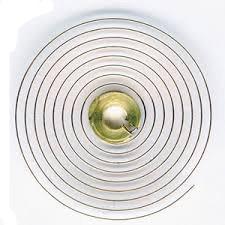

.jpg.6225a64433578a11e0218b27c20b13f5.thumb.jpg.d82b0cd1e370f3a3a59a06afa957d184.jpg)
